The metro supported by Japan has received a favorable response from the Vietnamese people

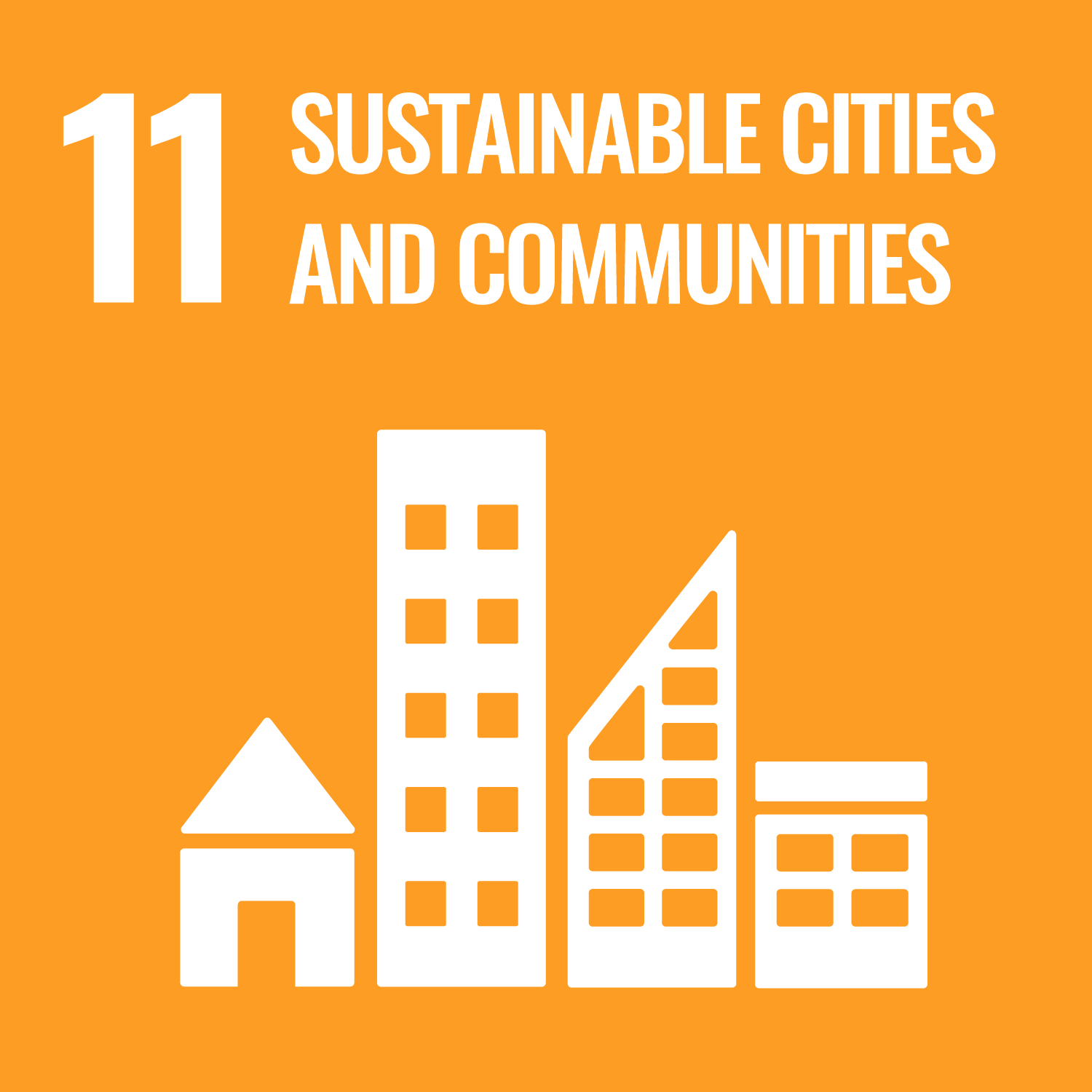
2025.08.05
-

- Vietnam Office Senior Representative Chihiro Fukuda
Ho Chi Minh City is a vibrant city, but has suffered from traffic congestion. The city celebrated the opening of the first Japanese-supported metro line. Here is a look at how it happened.
On 22 December 2024, the first metro line in Ho Chi Minh City opened, 17 years after the loan agreement was signed. As the first train carrying the guests departed, a chorus of "Proud of Ho Chi Minh City Metro" began from nowhere, filling the air with a sense of excitement and pride. The song was composed by Ho Chi Minh City to show the city's excitement about the opening of its first metro.
(Video website:
TỰ HÀO METRO THÀNH PHỐ HỒ CHÍ MINH
)
I was present at the opening and was impressed by the enthusiasm of the crowds waiting to board the train outside the ticket gates. The queues extended throughout the station, and on the first day, the longest wait time was reported as several hours.
The following day, the local newspapers reported numerous positive comments from users of the metro. They described the experience as being nothing short of a dream come true. It was also noted that Ben Thanh Market is easily accessible within 30 minutes. One elderly person said they felt safe and comfortable, and that it was great to have a convenient way to explore the city.
By June 2025, the line had been used by more than 10 million people. JICA staff also use Line 1 to get to work.
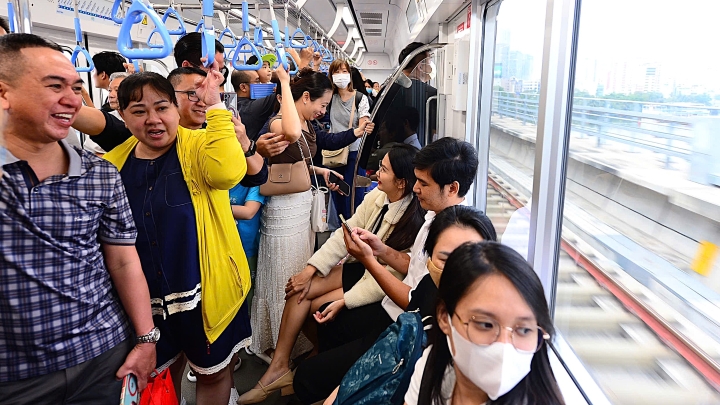
The citizens enjoying the long-awaited opening of the first metro
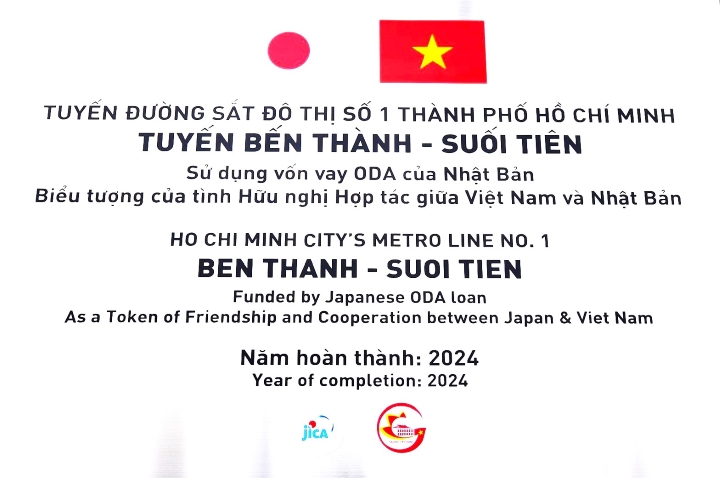
Plaque in the Ben Thanh station to commemorate the cooperation between Vietnam and Japan
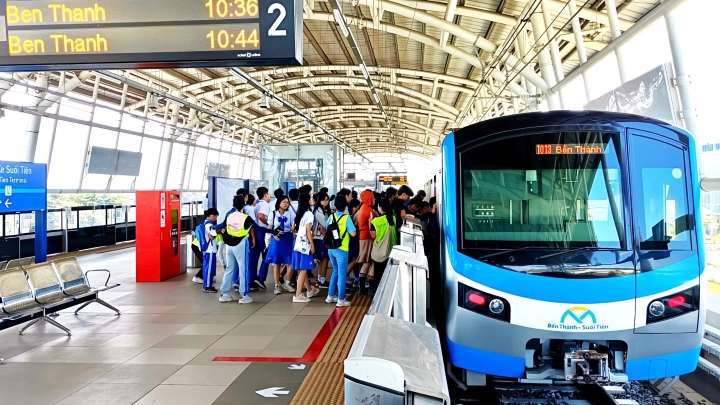
The metro becomes a part of everyday life for people six months after it's launched
According to a prominent Singaporean think tank, 68.3% of Vietnamese experts expressed confidence in Japan's reliability.
Vietnam is also an important partner for Japan. The formation of the Japanese town in Hoi An through maritime trade dates back to the 16th century, and the economic relations between the two countries remain strong. Indeed, Vietnam has been one of Japan's top 10 trading partners since 2017.
Vietnam's growing economy makes it an attractive prospect for Japanese manufacturing companies. Furthermore, with an abundance of young workers, Vietnam has high potential to build a complementary relationship with Japan, which is experiencing a serious labor shortage. The Vietnamese community in Japan is the second largest nationality group in the country, with an estimated population of 600,000.
Ho Chi Minh City is one of the largest cities in the world, with a population of approximately 14 million. However, economic development has also led to an increase in the number of motorbikes and cars, resulting in severe traffic congestion and an urgent need to introduce the urban railway system. The Japanese community in Ho Chi Minh City numbers approximately 10,000, making it the third largest in South East Asia after Bangkok and Singapore. Traffic congestion is a significant issue for the Japanese population residing in the region as well. Singapore and Bangkok opened their first metro lines in 1987 and 2004, respectively.
JICA's involvement in the development of the urban railway in Ho Chi Minh City began in 2002, with the support for the formulation of a master plan. This was followed by the initiation of yen loans for the construction of the Line 1 in 2007.
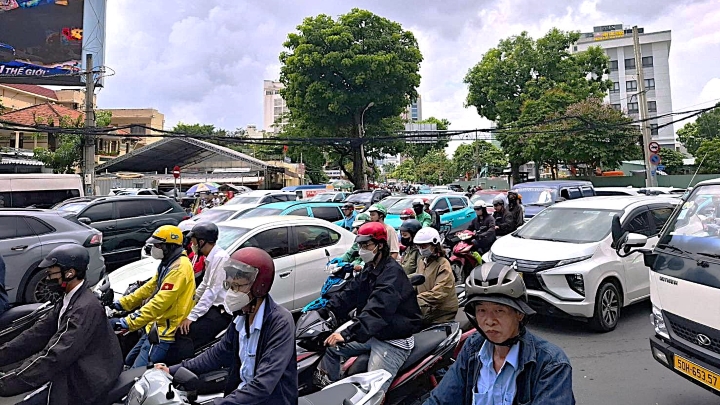
Ho Chi Minh City with significant traffic congestion 1
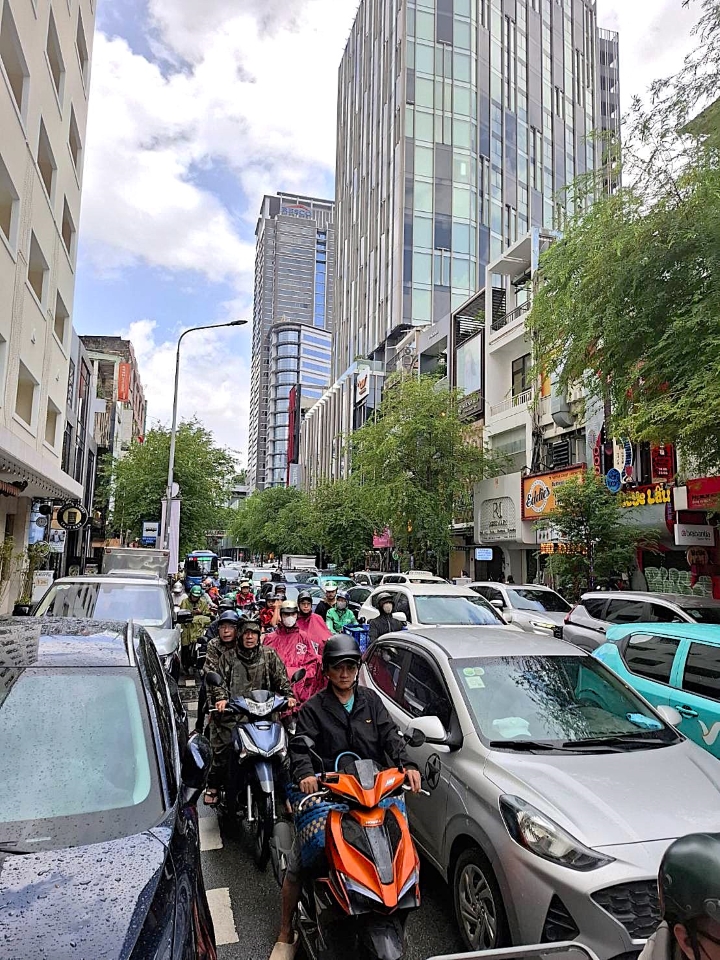
Ho Chi Minh City with significant traffic congestion 2
To support the construction, Special Terms for Economic Partnership (STEP) were applied as conditions for the yen loans. The objective of this STEP is to promote "face-to-face assistance". Please find below some examples of the Japan’s technology and ingenuity involved.
In the densely populated areas of the city center, innovative technology was applied to minimize the impact on neighboring buildings and to tunnel without digging into the ground. The trains are equipped with an automatic stop system and offer priority seating and wheelchair spaces. The stations have been designed to meet universal access requirements, with features such as tactile blocks, Braille displays on ticket machines and sign boards.
Shield machines digging underground tunnels
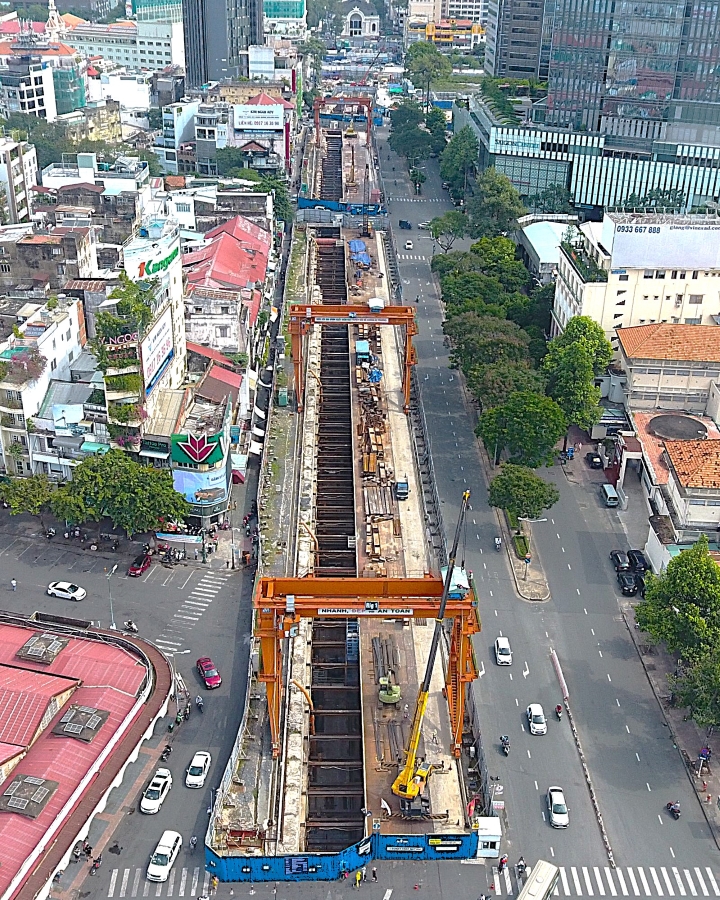
Challenging construction site between historic buildings and main roads
However, in some cases, local conditions have been considered, leading to the application of different specifications from those used in Japan. For instance, no screen shelves have been installed inside the trains to prevent the loss of personal items. The seats are made of hard materials, which makes them easy to maintain. The suspension straps are divided into three rows, with the length of each row adjusted to consider the height of the passengers and their convenience. The fall-prevention platform screen doors are ceiling-high in underground stations to improve air-conditioning efficiency in the year-round heat of Ho Chi Minh City.
In the field of technical support, we have been involved in the establishment of a metro operator, Ho Chi Minh City Urban Railway Company No 1 (HURC1) since 2011. We have continued to support the capacity building of HURC1 in cooperation with Tokyo Metro. As measures to encourage behavioral change among citizens, bicycle parking facilities were constructed around stations and a new bus route network was established to connect the last mile from stations, together with public awareness-raising activities.
Plenary meeting on capacity-building support for HURC1
As a result of the above efforts, TIME magazine has included Line 1 in its list of "The World's Greatest Places of 2025".
Following the opening, JICA will continue to provide financial support in the form of yen loans for the maintenance and management of Line 1.
The Ho Chi Minh City plans to expand the route network based on the experience of Line 1. Hanoi, with its population of approximately 8.6 million, is also keen to expand its urban rail network. We are aware of the Vietnamese Government’s expectations of Japan’s continued support. If Vietnam maintains its current economic growth trajectory, it is estimated to graduate from the ODA classification in the near future. By that time, we aim to initiate as many projects as possible that will contribute to strengthening bilateral relations between Vietnam and Japan.
scroll